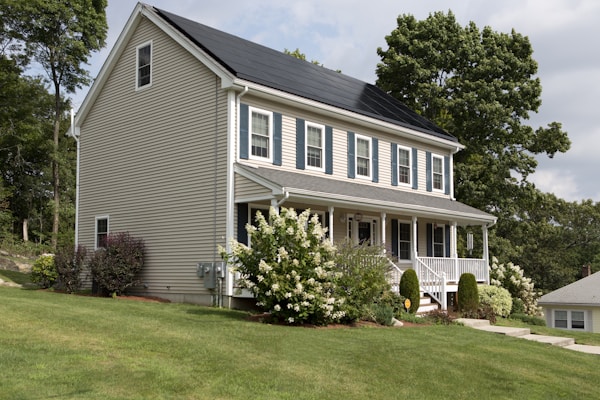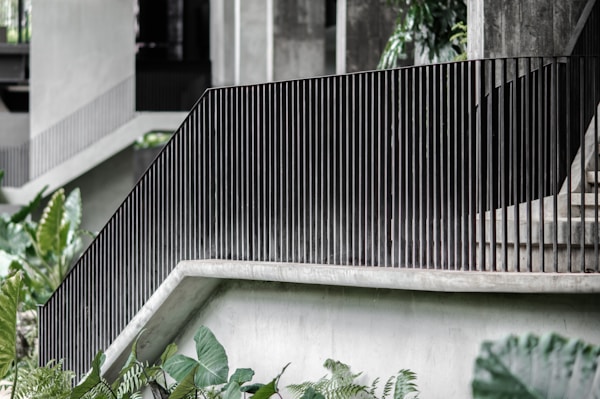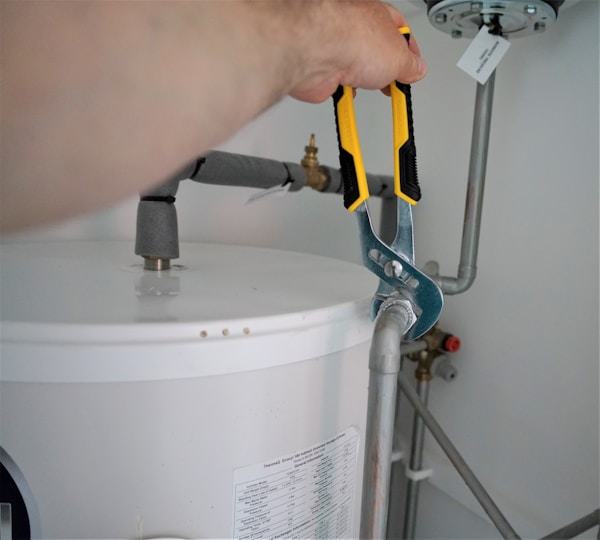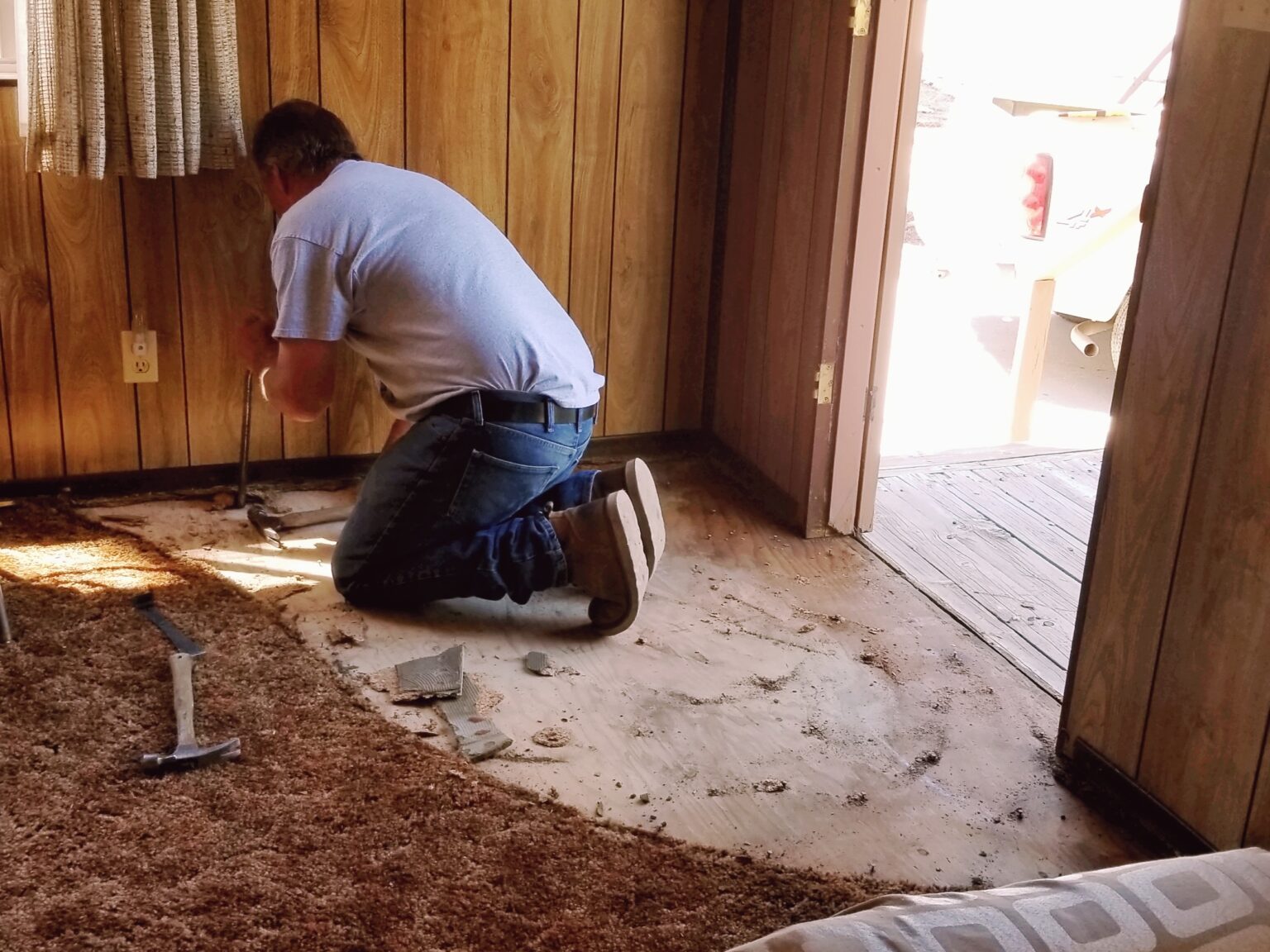Flipping a fixer-upper can be a profitable venture, but it can also quickly turn into a financial disaster if essential projects are overlooked. Many first-time flippers underestimate the time, money, and work that goes into renovating a property. To ensure a successful outcome, there are some key projects that every flipper should prioritize. In this article, we will highlight some of the essential projects that should be considered before putting a flipped property on the market. Keep reading to learn more.
Exterior Upgrades

When it comes to flipping a fixer-upper, making exterior upgrades is a crucial step in adding curb appeal and increasing the overall value of the property. One major upgrade to consider is siding replacement. Old or damaged siding can make a property look outdated or neglected, which can turn off potential buyers or suppress the property’s value. Siding replacement can instantly transform the exterior of the home and give it a fresh and updated look.
However, when choosing a siding replacement, it’s important to consider the overall aesthetic of the property and the surrounding neighborhood. For example, a modern and sleek look may not fit in with a historic neighborhood. It’s also important to choose materials that are durable and low-maintenance, which can save future owners time and money on upkeep. Additionally, it’s important to hire a professional contractor to ensure that the siding replacement is done correctly and to prevent any potential damage to the property. Depending on where you are located, you can search for “Portland siding replacement,” for instance, to find professional installers in your area.
Safety Improvements

Flipping a fixer-upper can be a profitable investment, but it’s essential to prioritize safety improvements to protect future homeowners and ensure the home is up to date. One of the critical areas to address is the installation of metal handrails. These rails not only enhance the appearance of the home but also provide support for individuals navigating steep stairs. Also, the installation of handrails is mandated by building codes and must meet specific requirements to ensure the safety of occupants.
In addition to installing handrails, it is important to install window well covers. Window wells are often present in basements and provide natural light and ventilation. However, they can also be a hazard if not adequately covered. Installing window well coverings prevents anyone from falling into the well, where they could potentially hit their head or become trapped. It also prevents debris and water from accumulating and causing damage to the basement. The best quality covers will provide a safe and aesthetically pleasing solution for window wells.
When flipping a fixer-upper, safety improvements should be given top priority. The cost of these safety improvements may vary, but it is a worthwhile investment to protect against potential accidents and liabilities that may arise.
Plumbing and Electrical System Upgrades

When flipping a fixer-upper, one of the major projects that require attention is upgrading the plumbing and electrical systems. A plumbing upgrade involves replacing old pipes and fixtures with new, more efficient ones. An outdated plumbing system with corroded pipes, leaks, and clogs can result in poor water pressure and higher utility bills. Upgrading the plumbing to more efficient pipes and fixtures helps to improve the water pressure, reduce water wastage, and save money on utility bills. It could also increase the resale value of the property.
Similarly, upgrading the electrical system of a fixer-upper is essential to ensure the safety of the property. Many old homes are not equipped to handle modern electrical demands, which can lead to overloaded circuits or electrical fires. Upgrading the electrical system entails replacing old wiring, fuses, and circuit breakers and installing outlets with ground fault circuit interrupters (GFCIs). This upgrade adds to the convenience and safety of the property and also enhances the resale value.
Structural Improvements

When flipping a fixer-upper property, one of the essential factors to consider is the structural improvements that the property requires. These improvements can help increase the property’s overall value and appeal to potential buyers. Structural improvements will not only improve the property’s condition but also provide a more livable and functional space.
One of the structural improvements that should be addressed first is the foundation. Any issues with the foundation can threaten the stability of the entire house. Therefore, fixing any foundation issues should be a top priority. The next step is addressing any water damage. Water damage can cause significant structural damage if left unaddressed. A thorough inspection can uncover hidden water damage, such as rot, dangerous mold, or mildew.
Flipping a fixer-upper takes time, money, and dedication. By prioritizing vital renovations, such as fixing structural issues, updating the exterior, and improving safety, investors can increase the value of the property and attract potential buyers.






